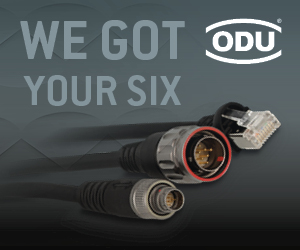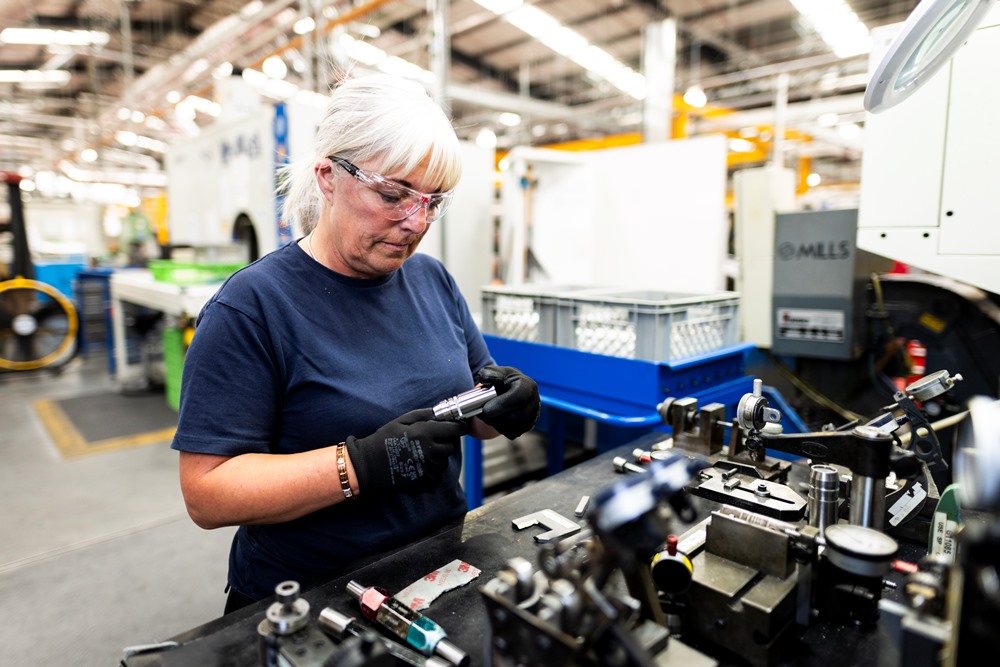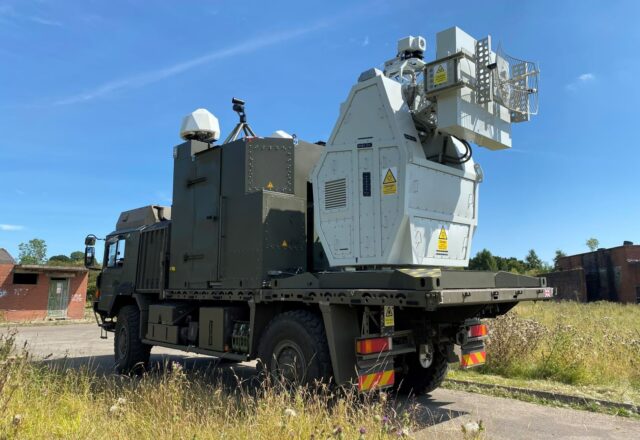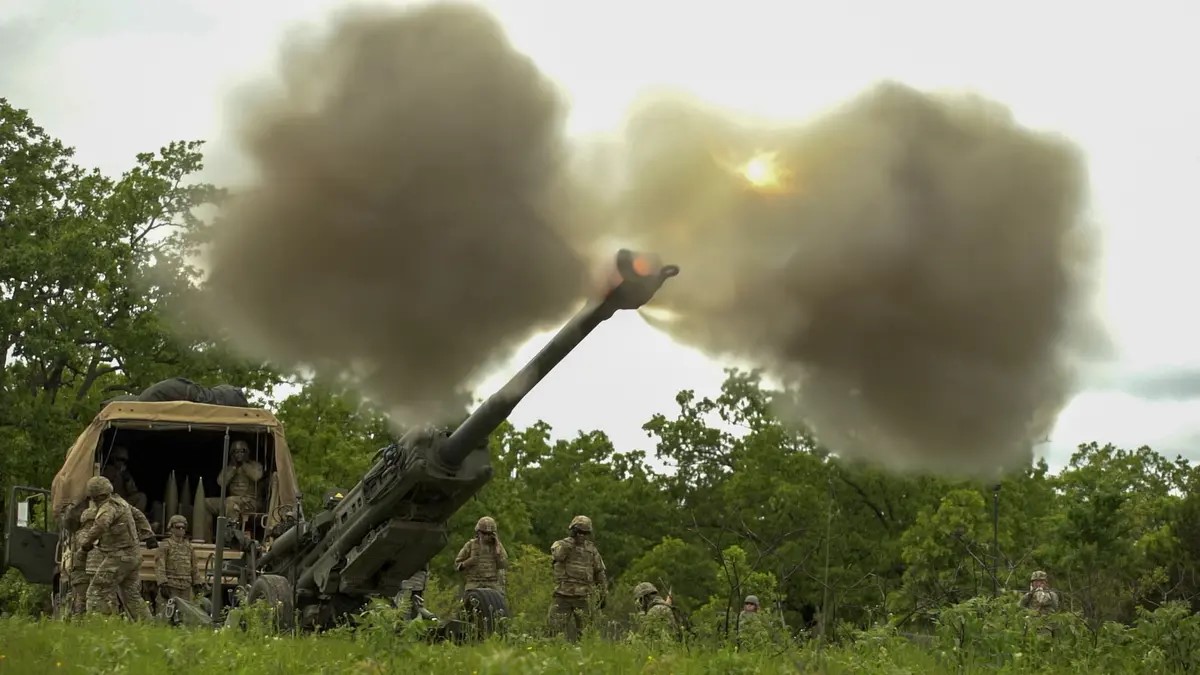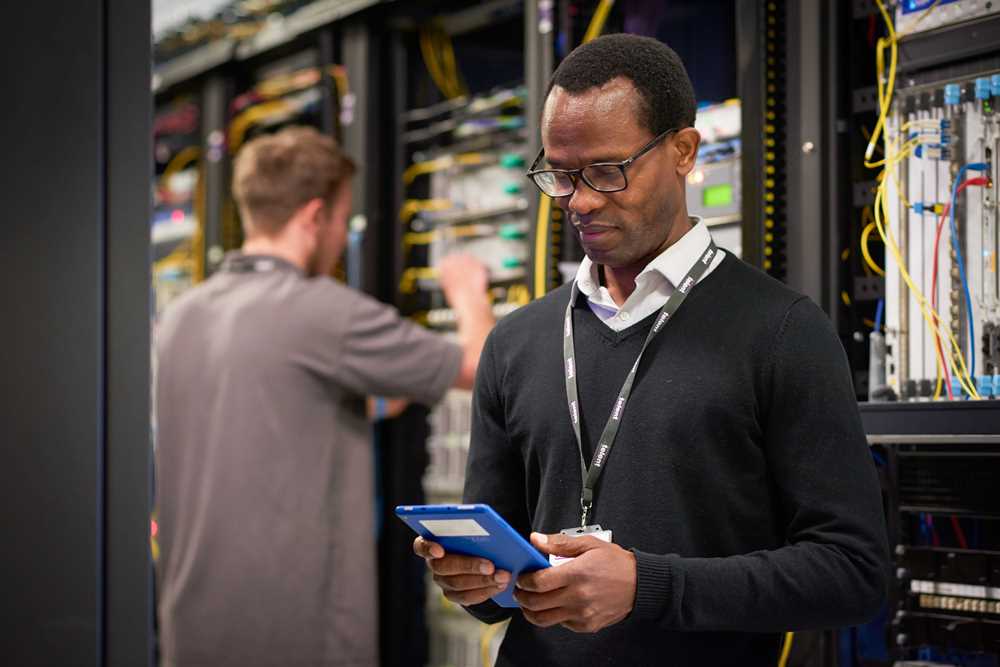UK and Germany cooperate on military bridging systems
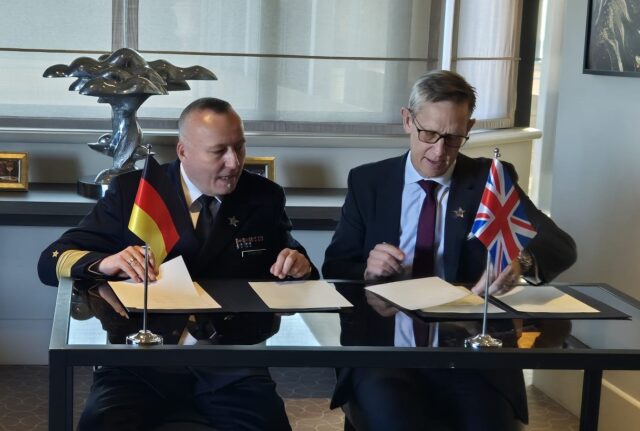
Image courtesy DE&S
This builds on the relationship between both countries, recognising the changed security and defence environment since Russia invaded Ukraine, also sharing the conviction that mutual support and cooperation on armament projects is of utmost importance for the defence of the NATO member states.
This relationship was underlined last year when, in October, the Trinity House Agreement, a first-of-its kind agreement between the UK and Germany, committed to deepening defence cooperation across all domains.
UK National Armaments Director Andy Start and his counterpart, German National Armaments Director Vice Admiral Carsten Stawitzki, recently signed a 'Letter of Intent' declaring the two nations’ commitment to ongoing bilateral cooperation for the military bridging projects Wide Wet Gap Crossing (WWGC) and General Support Bridge (GSB).
WWGC, also called Project TRITON, is a modular, scalable and configurable bridging and ferrying system for military crossings of wet gaps over 40m. This fulfils a NATO commitment to provide a WWG capability which is operated by a joint UK/GER multinational bridging battalion based in Minden, Germany.
The General Support Bridge (GSB) project, also called Project TYRO, is a rapidly deployable military bridge system produced by KNDS’ at its premises in Stockport, UK. The GSB system enables a 46M bridge to be built in less than 90 mins which can be crossed by all current NATO Main Battle Tanks along with the UK’s future tank, Challenger 3.
This statement of intent ensures the UK and Germany continue to work on the various bridging solutions, identifying opportunities for further cooperation that benefit both countries’ interests. As part of this, Germany plans to procure the GSB, produced by British industry, and to seek maximum commonality with the system already being procured by the UK MoD.
Andy Start, UK National Armaments Director, said: “This Letter of Intent reinforces our already strong co-operation agreements and ties with our German partners, particularly in the bridging support capability area, with a strong focus on increased interoperability.”


